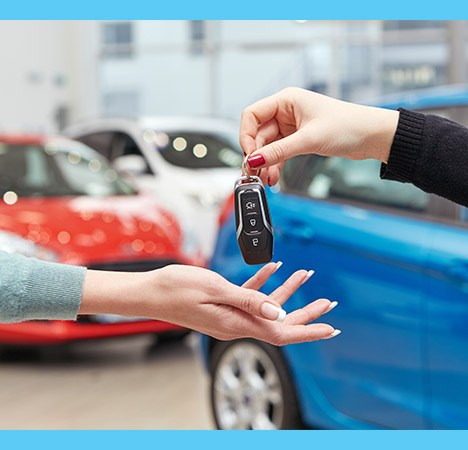However, if you dig deeper and take more statistics into account, it is unclear if the program really did have any impact at all. For example, during the quarter that came just before Cash for Clunkers car sales reached 9.6 million in total. This is still exponentially higher than the projected rate, even though the program was not yet in place.
When looking at all of the numbers at hand, it is hard to tell if the Car Allowance Rebate System was actually the cause for the higher rate of vehicles sales between July 1st and August 24th, 2009. Many financial experts believe that the majority of those cars would have been traded in and purchased whether or not there was a program with monetary compensation in place. They believe that it is likely that consumers wanted vehicles that were more fuel efficient, so they probably would have purchased the new cars anyway even if the Cash for Clunkers program did not exist.
Other financial experts state that even though the sales of vehicles did raise during Cash for Clunkers, all the program did was push these sales forward. They see the numbers and recognize that more people did purchase new cars during the time frame. They believe that these people would have needed new vehicles in the next few months anyways. They state that the program simply took these sales that would have taken place over the course of the next few months, and made them happen during the program time frame. They think consumers who were already planning on getting a vehicle in the new future pushed their timelines up to take advantage of the monetary compensation that was being provided by the federal government.
This makes it unclear if the Car Allowance Rebate System was an economically successful program. It is quite possible that it was a waste of government funding that did not make much of an impact on the finances of our society. Consumers could have purchased those new cars without help, and the vehicle sales industry could have been on the rise either way.
However, it does not take away every aspect of the environmental impact that the program created. Even though it is likely that our society would have been purchasing more fuel efficient cars without the program in hopes to reduce their carbon footprint and lower their gas expenses, this government program still made one significant difference.
As we mentioned earlier, vehicles that are used in a trade in deal during a new vehicle purchase are typically kept by the dealership, fixed up slightly, and resold as a used car at a reasonable and affordable price. This means that these cars, trucks, and SUVs with poor fuel efficiency are normally being resold and put back on the roads. It means that trade in vehicles are still adding to our pollution, global warming, and climate change.
It made an impact by ensuring that these vehicles with poor gas mileage were being taken off the road. More fuel efficient vehicles may have been added to our streets either way, but the government program ensured that they were not simply adding fuel efficient cars, they were using them to replace the vehicles that were harming our environment at the highest rate.
These cars that were taken off the streets were vehicles that people with a need for a vehicle but a small budget used to count on. Therefore, it could have slightly harmed the finances of people in the United States who rely on used cars for means of transportation. Luckily the program did not keep running so used vehicles are still available for these populations, but the program could have lowered their options during the time frame that it was active.
Overall, the success of this program is a very complicated topic. It has many pieces and perspectives to consider. Cash for Clunkers is typically seen as a program that was mostly unsuccessful. No one can prove that the program increased automotive sales. Consumers may have purchased the same number of fuel-efficient vehicles either way. It took away low priced vehicles for dealership business and for people who rely on these used cars for transportation, It did, however, make an impact on the environment by taking vehicles with poor fuel efficiency off the streets for good.
